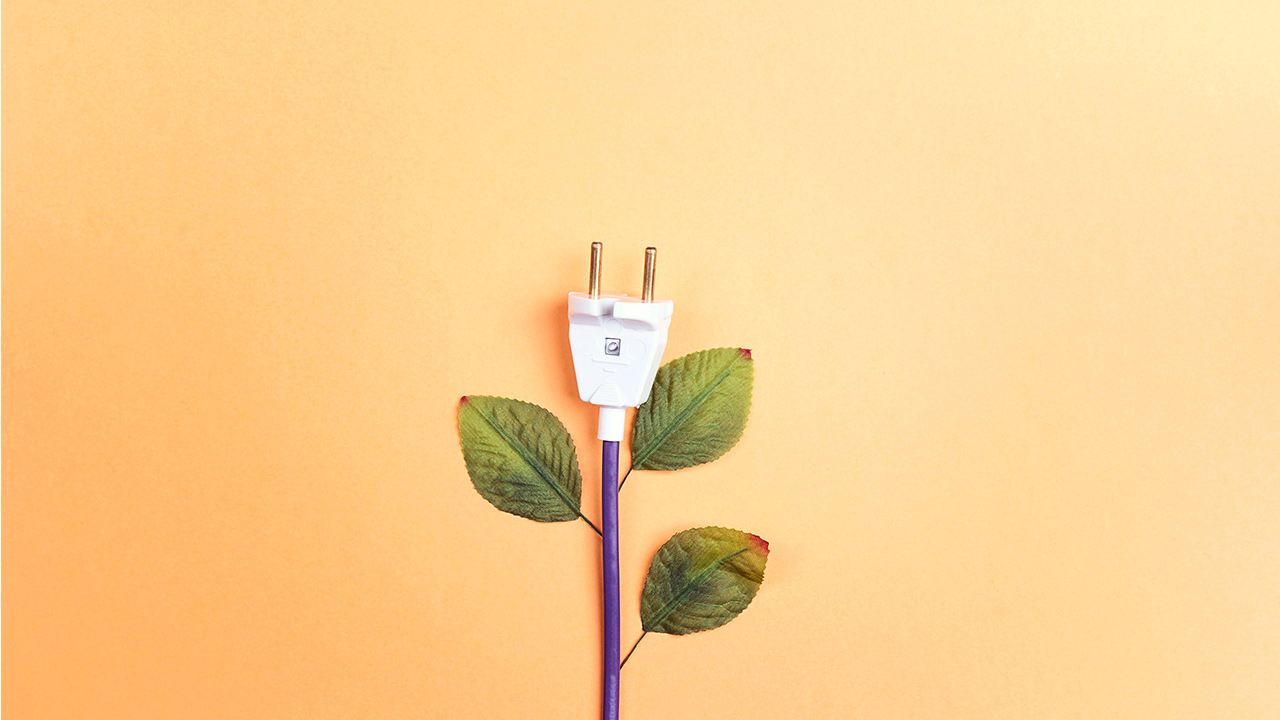Turn off the switches
The first tip may seem fairly trivial and obvious, but it is a mistake that many commit. When they enter a room, many people turn on the switch, but do not turn it off when they leave. Turning off the light is a small gesture that can affect the utility bill, as well as reducing light pollution. In fact, it not only saves money, but also reduces carbon dioxide emissions in the environment, since most of the energy is produced by powerplants that burn fossil fuel. Turning off the switches of the bulbs that are not needed is certainly the first important step to reduce consumption and save electricity.
Switch off halogen bulbs
Another small gesture that can make a difference is related to the type of light bulbs installed in the house. If you still use halogen bulbs, it's time to replace them with low-consumption ones. The alternatives are LED or fluorescent ones.
Moreover, the old light sources are destined to become extinct, and the push for change is happening on several fronts. For example, from 1st September 2018 the European Directive 244 came into force which makes the sale of LED bulbs mandatory in shops.
LED bulbs are eco-sustainable because they last longer and allow you to consume less electricity.
Bulbs: better one large than two small
Another trick to reduce electricity consumption is to always prefer using a large lamp instead of two small bulbs.
For example, a 100-watt lamp consumes less than two 60-watt bulbs, but many think otherwise and therefore they prefer to install many small light sources or, even worse, a series of spotlights.
Choose the type of lighting suitable for the environment
Many people have identical lighting in all the rooms of their home and ignore the opportunities offered by different bulbs for each corner of the house.
For example, the bedroom does not need major lighting. Instead, you may prefer two small lamps on the bedside tables to be turned on only in the evening. In the kitchen, on the other hand, the cooking area could be mostly lit. Follow this reasoning for each area of the house.
Clean the bulbs
Did you notice that the lighting in a room has dimmed? You probably need to clean the bulbs or ceiling lights with a cloth. In fact, the dust creates an opaque layer which reduces the efficiency of the bulbs, but the electricity used remains the same. As a result, a real waste of electricity is created which can be remedied with a little cleaning.



